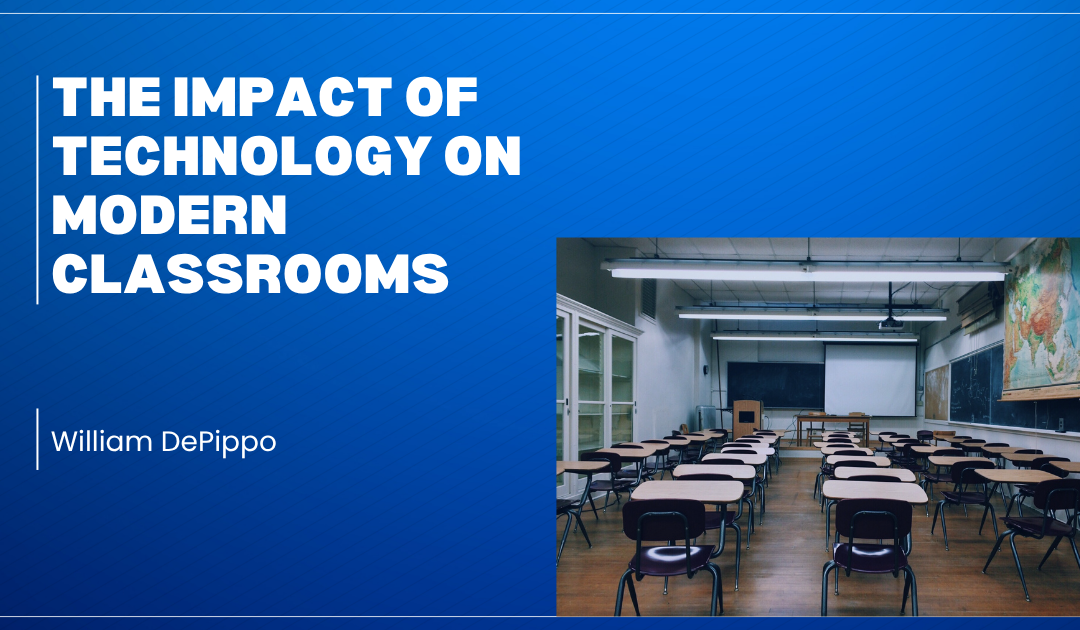The infusion of technology into education has transformed the modern classroom in ways once only imagined. From interactive whiteboards to virtual learning environments, the traditional teacher-centered model has evolved into a dynamic, student-driven experience that is better equipped to meet the needs of 21st-century learners.
Technology has greatly expanded access to education. Digital tools and internet connectivity allow students in remote or underserved areas to connect with quality content and expert instruction. With just a tablet or laptop, a student can access a wealth of information and learning platforms, from basic arithmetic lessons to advanced coding tutorials. This democratization of education empowers students globally and helps bridge achievement gaps.
The use of digital devices in the classroom has also changed how students engage with content. Interactive apps, gamified learning platforms, and virtual simulations offer personalized learning experiences that cater to individual learning styles. Students are no longer passive recipients of information but active participants in the learning process. Tools like Google Classroom, Kahoot!, and Quizlet foster collaboration, stimulate curiosity, and allow for real-time feedback that supports learning progression.
Technology has also improved communication between educators, students, and parents. Learning management systems (LMS) enable teachers to post assignments, share resources, and track student performance. Parents can stay informed about their child’s progress and intervene when necessary. Email, video conferencing, and messaging apps like Remind or ClassDojo enhance parent-teacher communication, creating a more supportive learning ecosystem.
In classrooms equipped with artificial intelligence and machine learning tools, teachers can identify learning patterns and tailor instruction accordingly. Adaptive learning platforms monitor how students interact with content and adjust the difficulty level based on performance. These platforms support differentiated instruction, allowing teachers to meet students where they are and help them progress at their own pace. This is particularly helpful in diverse classrooms where students have varying learning abilities.
The rise of blended and hybrid learning models is another notable shift brought about by technology. These models combine face-to-face instruction with online learning, offering flexibility in how and when students learn. During the COVID-19 pandemic, schools rapidly adopted remote learning, highlighting both the potential and challenges of tech-integrated education. While some students thrived, others faced hurdles such as lack of internet access or digital literacy, reinforcing the importance of equitable implementation.
Despite its many benefits, technology in the classroom is not without challenges. One major concern is screen time. Prolonged use of devices can lead to eye strain, reduced physical activity, and diminished social interaction. Educators and policymakers must balance the use of digital tools with activities that foster interpersonal skills and physical well-being.
Data privacy and cybersecurity are also critical concerns. Schools collect vast amounts of student data through digital platforms, making them targets for cyberattacks. Ensuring secure systems, educating users on safe digital practices, and implementing clear privacy policies are essential for protecting student information.
Additionally, effective integration of technology requires ongoing professional development for teachers. Simply introducing devices into the classroom is not enough. Educators need training to understand how to use these tools effectively and integrate them into pedagogy. Support from school leadership, access to technical resources, and a culture of innovation are key to successful tech adoption.
The role of the teacher has also evolved in the tech-enhanced classroom. Rather than being the sole source of knowledge, teachers now act as facilitators, guiding students through exploration and discovery. They must curate content, foster digital literacy, and help students evaluate information critically in a world flooded with online content.
Incorporating technology also fosters global awareness and cultural exchange. Through video calls, online forums, and collaborative projects, students can connect with peers from different countries and learn about diverse cultures and perspectives. This global interaction builds empathy and prepares students for an interconnected world.
The future of education lies in harnessing technology not as a replacement for human connection, but as a powerful tool to enhance it. When implemented thoughtfully, technology fosters creativity, collaboration, and critical thinking—skills essential for success in the modern world. It empowers students to take ownership of their learning and equips teachers with the tools to support them more effectively.
As we move forward, it’s crucial to ensure that technology enhances—not hinders—educational equity, engagement, and excellence. With the right policies, infrastructure, and training, modern classrooms can become spaces where all students thrive in a digital age.

